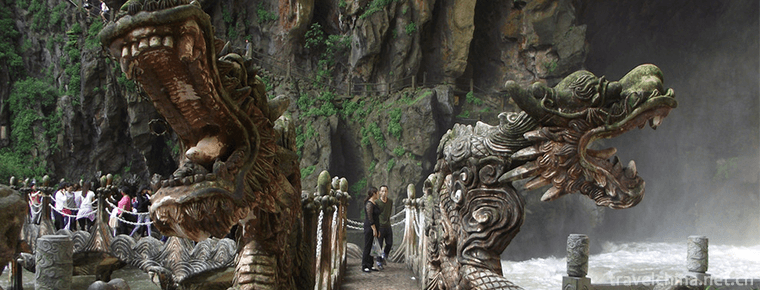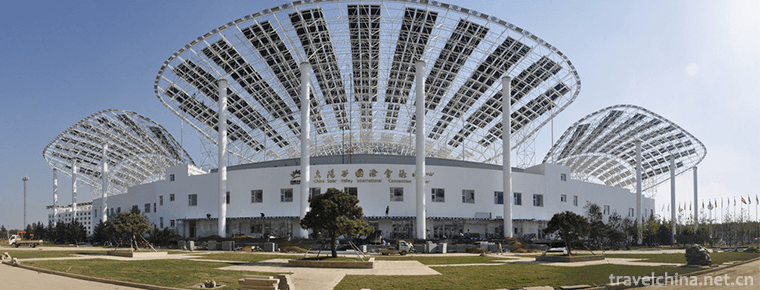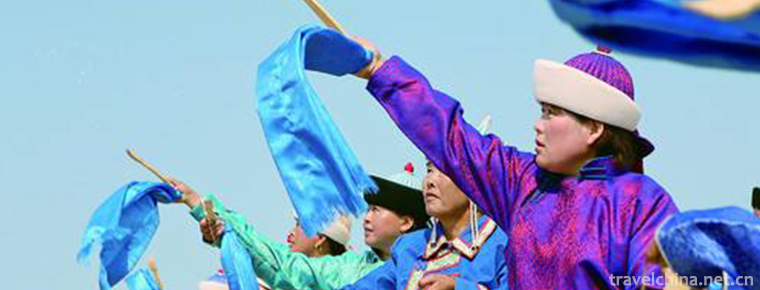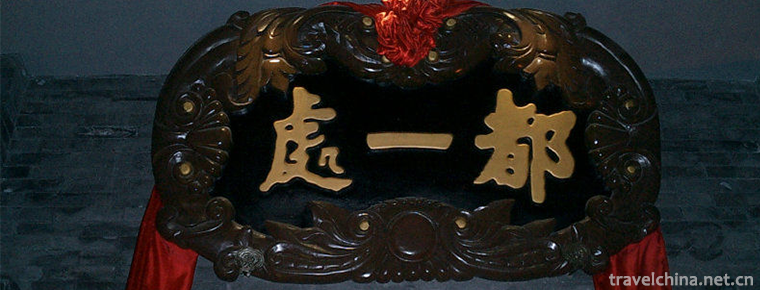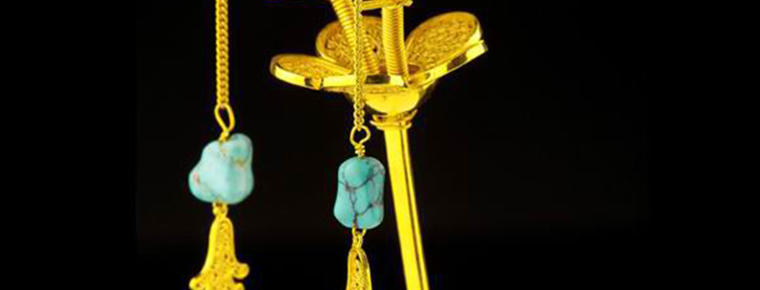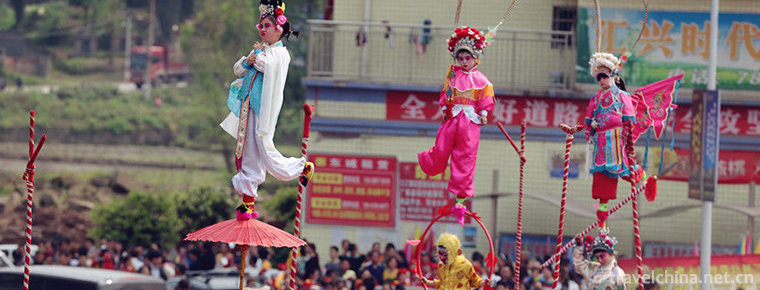Plant resources in Guangan
Plant resources in Guang'an
The forest vegetation in Guang'an City belongs to the vegetation area of evergreen broad-leaved forest and coniferous broad-leaved mixed forest in the middle subtropics. Gymnosperms include Pinaceae, Cupressaceae, Ginkgo biloba and Metasequoia in Mesozoic, and Taxodiaceae in Cenozoic. The angiosperms include the families of sericeae, Celastraceae, rhamniaceae, Aceraceae, Magnoliaceae, Lauraceae, beech family, Hamamelidaceae, Betulaceae, Juglandaceae, stephaniaceae, rhododendraceae; in the Cenozoic, there are Celastraceae, illiaceae, tea family, calyx family, benzoaceae, Verbenaceae, bauxitaceae, purple fern family, Polygalaceae, Meliaceae, chimonaceae, etc. According to the investigation of forest resources, there are 392 species of plants (excluding nearly 1000 kinds of medicinal plants) in the territory, belonging to six categories of ferns, gymnosperms and angiosperms, belonging to 116 families, including 12 families and 18 species of pteridophytes, 8 families and 27 species of gymnosperms and 96 families and 347 species of angiosperms. The types of forest vegetation in the territory include subtropical evergreen broad-leaved forest, evergreen and deciduous broad-leaved mixed forest, coniferous and broad-leaved mixed forest, evergreen leaf forest, coniferous mixed forest, bamboo forest, shrub and artificial vegetation, etc. There are 2 kinds of national protected plants, including 2 species of Eucalyptus spinulosa, 2 species of rare plants under national protection.

-
Longgong Scenic Area of Anshun City
Located in the southern suburb of Anshun City, Longgong Palace is adjacent to Huangguoshu Scenic Area and 116 kilometers away from Guiyang City, the provincial capital..
Views: 128 Time 2018-12-12 -
Chinese Sun Valley
Located in the development zone of Dezhou, Sun Valley of China is the largest base of research, development, testing, production, education and tourism of renewable energy in the world..
Views: 123 Time 2019-01-18 -
Bogda Ula Festival
The sacrifice of Bogdahura (Shenshan) is one of the earliest forms of Mongolian creative culture in China. It is the product of national culture, which is formed by historical accumulation and plurali.
Views: 90 Time 2019-04-04 -
Duyi barley roasting technology
Duyi Maiguan was opened in 1738, the third year of Qianlong in Qing Dynasty. The entrepreneur's surname is Wang, and his native place is Shanxi. For the first time.
Views: 204 Time 2019-04-28 -
Haimen mountain song
Haimen Mountain Opera is a traditional opera popular in Haimen area of Nantong, Jiangsu Province. It originated from Haimen Mountain Song and developed into .
Views: 321 Time 2019-05-02 -
Making Skills of Filament Mosaic
Silk mosaic is one of the traditional handicraft techniques in China. Gold, silver and copper are drawn into silk, and various decorations such as jewelry and utensils are made by various techniques..
Views: 138 Time 2019-05-04 -
Lei opera
Lei Opera, formerly known as the Grand Opera Class, was once known as "Leizhou Opera" because of its early tune of Leizhou songs. It is one of the national intangible cultural heritage of Le.
Views: 146 Time 2019-05-11 -
Sanhui Pavilion Club
Sanhui Caiting Pavilion is a local traditional folk cultural activity that performs in streets or squares on March 16-18 of the lunar calendar every year. Its artistic form of performance is ingenious.
Views: 113 Time 2019-06-12 -
Chengdu national beauty and heavenly fragrance Water Park
Chengdu national beauty and heavenly fragrance water park is the world's first and largest standard in Asia. It is also the first water theme park with the most comprehensive facilities in Southwest China..
Views: 147 Time 2020-10-17 -
Qingyang Palace
Qingyang palace is located in the second section of the first ring road in Chengdu, Sichuan Province. It is known as "the first Taoist temple in Western Sichuan" and "the first jungle in Southwest China". It is also one of the famous Taoist temples in China..
Views: 154 Time 2020-11-05 -
Climate of Yibin
Yibin City has a humid monsoon climate in the middle subtropics, and the low hills and river valleys have the climate attributes of south subtropics. It has the characteristics of mild climate, abundant heat, abundant rainfall, suitable illumination, long fr.
Views: 354 Time 2020-12-18 -
Mineral resources in Dazhou
As of 2012, 38 kinds of minerals have been found in Dazhou City, with more than 250 producing areas. Among them, there are 28 proven reserves, 146 producing areas, 28 exploitable and 21 developed. The proven reserves of stone coal are 763 million.
Views: 133 Time 2020-12-20
